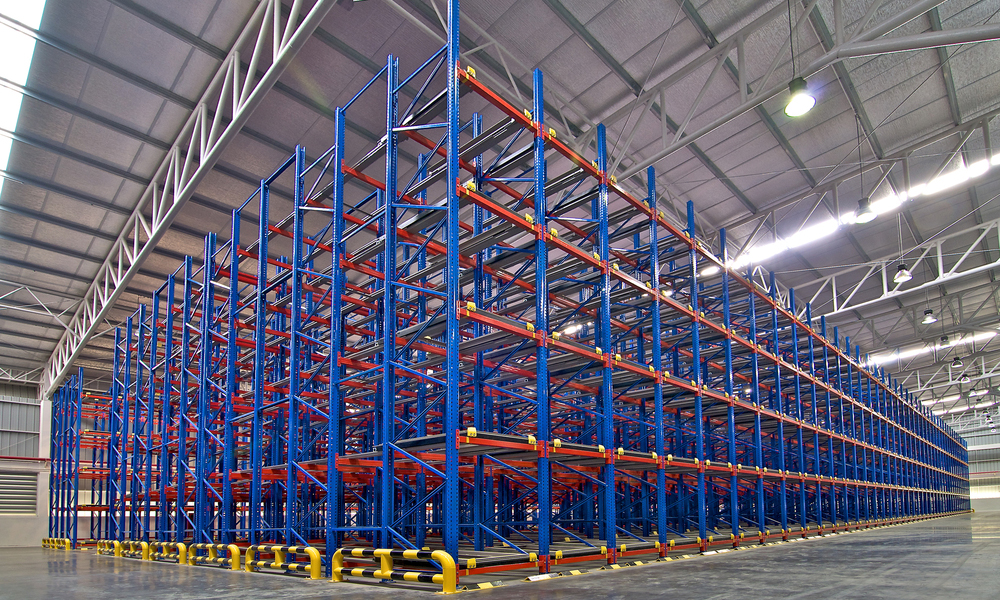
Efficient warehousing is essential for optimizing storage capacity, enhancing inventory management, and streamlining logistical operations. At the core of any well-organized warehouse lies a robust racking system. A racking system Malaysia provide the structural framework for storing goods, ensuring accessibility, and maximizing space utilization.
Importance of Racking Systems in Warehousing
- Maximizing Storage Capacity: Racking systems enable vertical storage, allowing warehouses to make the most of available space. By utilizing the height of the facility, these systems optimize storage capacity and reduce the need for horizontal expansion.
- Easy Accessibility: Well-designed racking systems ensure easy access to stored goods, improving order picking efficiency and minimizing handling time. This accessibility is crucial for fast-paced distribution centers and e-commerce operations.
- Inventory Management: Racking systems facilitate systematic organization, categorization, and tracking of inventory. This streamlines inventory management processes, enabling accurate stock counting, efficient rotation, and timely replenishment.
- Safety and Durability: Modern racking systems are built to withstand heavy loads and ensure the safety of workers and stored goods. They are designed to meet safety standards, including fire safety regulations, and minimize the risk of accidents and damage.
Key Considerations for Implementing Racking Systems
- Warehouse Layout and Design: Before installing a racking system, careful consideration of the warehouse layout, dimensions, and workflow is necessary. Optimizing the placement of racks ensures efficient material flow and accessibility.
- Load Capacity and Weight Distribution: Understanding the weight-bearing capacity of the racking system is crucial to prevent overloading and potential collapse. Proper weight distribution across the racks is essential to maintain stability and safety.
- Forklift Compatibility: Warehouse racking system Malaysia should be compatible with the types of forklifts used in the warehouse. Forklift dimensions, aisle width requirements, and manoeuvrability are important factors to consider for seamless operations.
- Safety Measures: Implementing safety measures such as rack protection guards, safety signage, and regular inspections is vital to prevent accidents, maintain equipment integrity, and comply with safety regulations.
- Scalability and Flexibility: Anticipating future growth and adaptability is essential when choosing a racking system. Opt for systems that can be easily reconfigured or expanded to accommodate changing storage needs.
Customization and Specialized Racking Systems
Cold Storage Racking
Cold storage facilities, such as those used for storing perishable goods or pharmaceuticals, require racking systems designed to withstand low temperatures and maintain product integrity. These systems often incorporate insulation features and are made from materials that can withstand extreme cold conditions.
Automotive Racking
Automotive warehouses require specialized racking systems to store vehicle components, tires, and other automotive parts. These racks are designed to support heavy loads, accommodate various product sizes and shapes, and provide easy access for efficient retrieval and assembly processes.
Gravity Flow Racking
Gravity flow racking systems use sloping roller tracks or conveyor belts to enable product movement by gravity. They are commonly used in high-volume picking operations, such as e-commerce warehouses or distribution centers, to maximize picking efficiency and minimize labor requirements.
Conclusion
Racking systems form the backbone of efficient warehousing, providing the necessary infrastructure for effective storage, accessibility, and inventory management. Investing in a well-designed racking system is a strategic decision that yields long-term benefits for businesses operating in the dynamic world of logistics.
